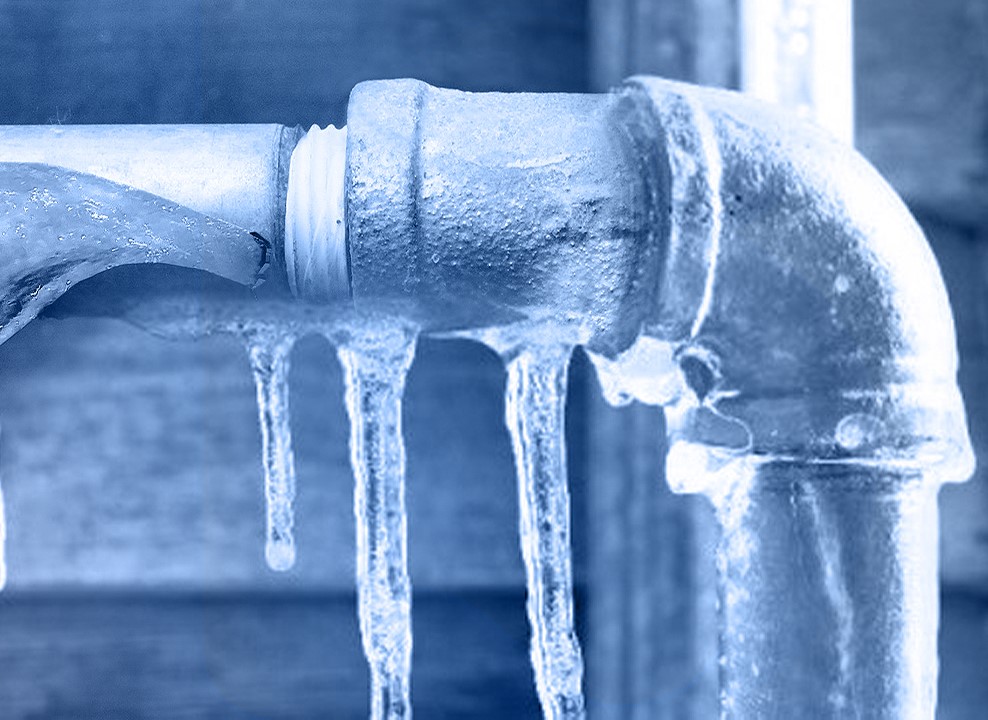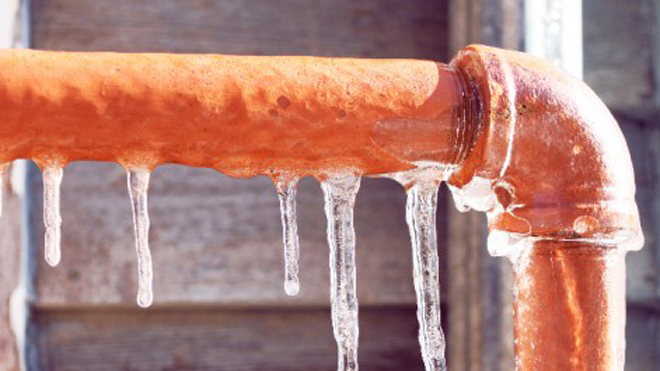Protecting Against Frozen Plumbing in Cold Weather: Key Strategies
Protecting Against Frozen Plumbing in Cold Weather: Key Strategies
Blog Article
What are your opinions about How To Avoid Freezing Pipes?

Cold weather can wreak havoc on your pipes, especially by freezing pipelines. Below's exactly how to prevent it from occurring and what to do if it does.
Intro
As temperature levels drop, the danger of icy pipelines increases, potentially resulting in expensive fixings and water damages. Understanding how to avoid frozen pipes is critical for homeowners in cold environments.
Avoidance Tips
Shielding at risk pipelines
Wrap pipes in insulation sleeves or use warmth tape to shield them from freezing temperature levels. Focus on pipelines in unheated or external areas of the home.
Heating strategies
Keep indoor rooms appropriately heated up, especially areas with pipes. Open up cabinet doors to enable warm air to flow around pipelines under sinks.
How to determine icy pipelines
Seek lowered water circulation from taps, uncommon smells or sounds from pipes, and visible frost on exposed pipes.
Long-Term Solutions
Structural changes
Take into consideration rerouting pipelines far from outside walls or unheated areas. Add extra insulation to attic rooms, cellars, and crawl spaces.
Upgrading insulation
Purchase high-grade insulation for pipelines, attics, and wall surfaces. Proper insulation aids keep regular temperature levels and reduces the danger of icy pipelines.
Securing Exterior Plumbing
Yard tubes and outside faucets
Separate and drain pipes garden pipes before winter season. Install frost-proof faucets or cover outdoor taps with protected caps.
Understanding Icy Pipelines
What triggers pipelines to freeze?
Pipelines freeze when revealed to temperatures listed below 32 ° F (0 ° C) for extended durations. As water inside the pipelines freezes, it broadens, taxing the pipe wall surfaces and possibly causing them to rupture.
Threats and problems
Icy pipelines can result in water supply interruptions, residential or commercial property damage, and costly repair services. Ruptured pipelines can flooding homes and create considerable structural damage.
Indications of Frozen Pipeline
Determining frozen pipes early can prevent them from breaking.
What to Do If Your Pipes Freeze
Immediate activities to take
If you think icy pipelines, maintain faucets available to soothe stress as the ice thaws. Use a hairdryer or towels soaked in warm water to thaw pipelines gradually.
Conclusion
Stopping frozen pipelines calls for aggressive steps and quick responses. By comprehending the reasons, signs, and safety nets, home owners can shield their plumbing during winter.
5 Ways to Prevent Frozen Pipes
Drain Outdoor Faucets and Disconnect Hoses
First, close the shut-off valve that controls the flow of water in the pipe to your outdoor faucet. Then, head outside to disconnect and drain your hose and open the outdoor faucet to allow the water to completely drain out of the line. Turn off the faucet when done. Finally, head back to the shut-off valve and drain the remaining water inside the pipe into a bucket or container. Additionally, if you have a home irrigation system, you should consider hiring an expert to clear the system of water each year.
Insulate Pipes
One of the best and most cost-effective methods for preventing frozen water pipes is to wrap your pipes with insulation. This is especially important for areas in your home that aren’t exposed to heat, such as an attic. We suggest using foam sleeves, which can typically be found at your local hardware store.
Keep Heat Running at 65
Your pipes are located inside your walls, and the temperature there is much colder than the rest of the house. To prevent your pipes from freezing, The Insurance Information Institute suggests that you keep your home heated to at least 65 degrees, even when traveling. You may want to invest in smart devices that can keep an eye on the temperature in your home while you’re away.
Leave Water Dripping
Moving water — even a small trickle — can prevent ice from forming inside your pipes. When freezing temps are imminent, start a drip of water from all faucets that serve exposed pipes. Leaving a few faucets running will also help relieve pressure inside the pipes and help prevent a rupture if the water inside freezes.
Open Cupboard Doors
Warm your kitchen and bathroom pipes by opening cupboards and vanities. You should also leave your interior doors ajar to help warm air circulate evenly throughout your home.

I came across that article on Preventing and dealing with frozen pipes when doing a lookup on the web. You should pause to share this content if you enjoyed reading it. Thank-you for taking the time to read it.
Free Estimates Report this page